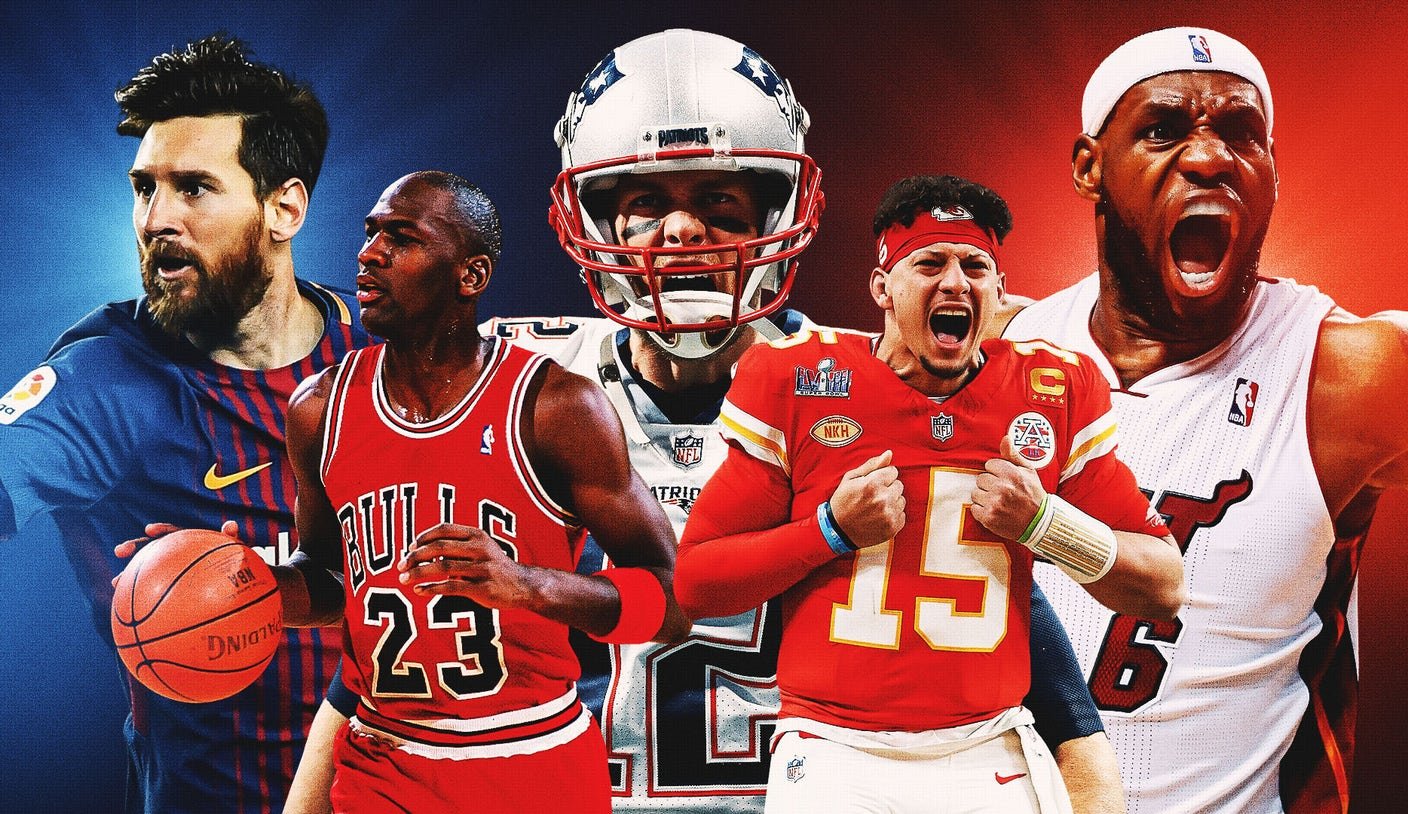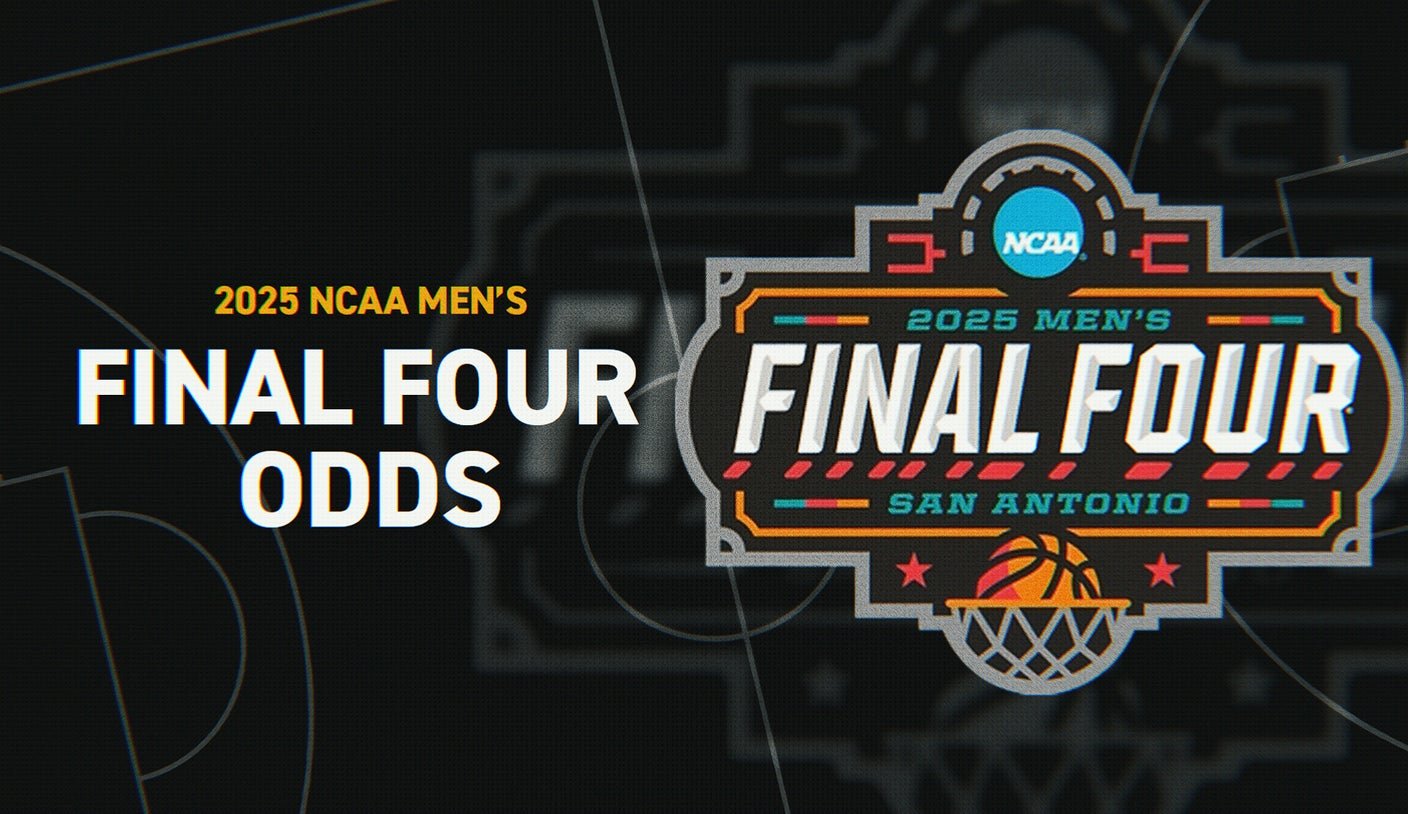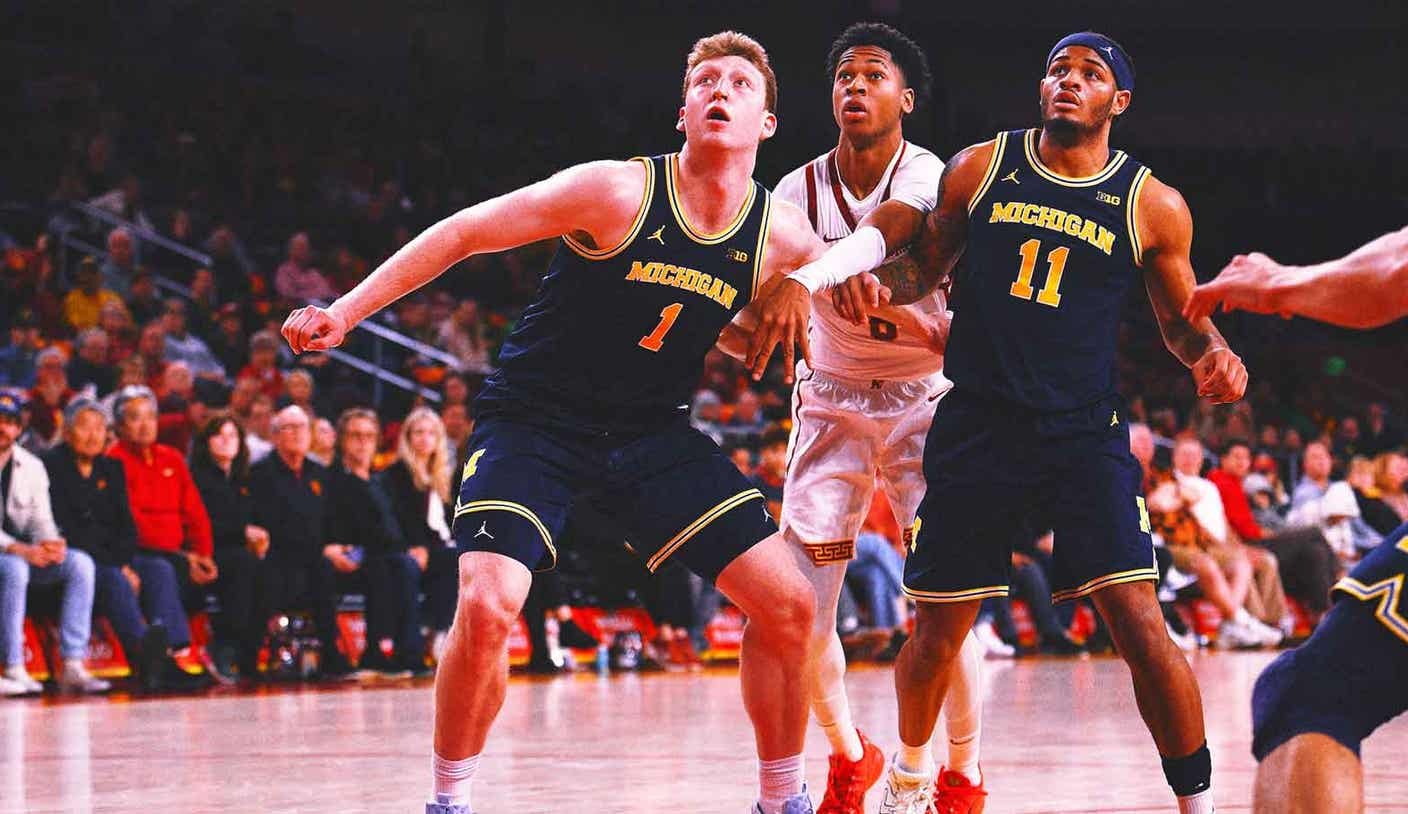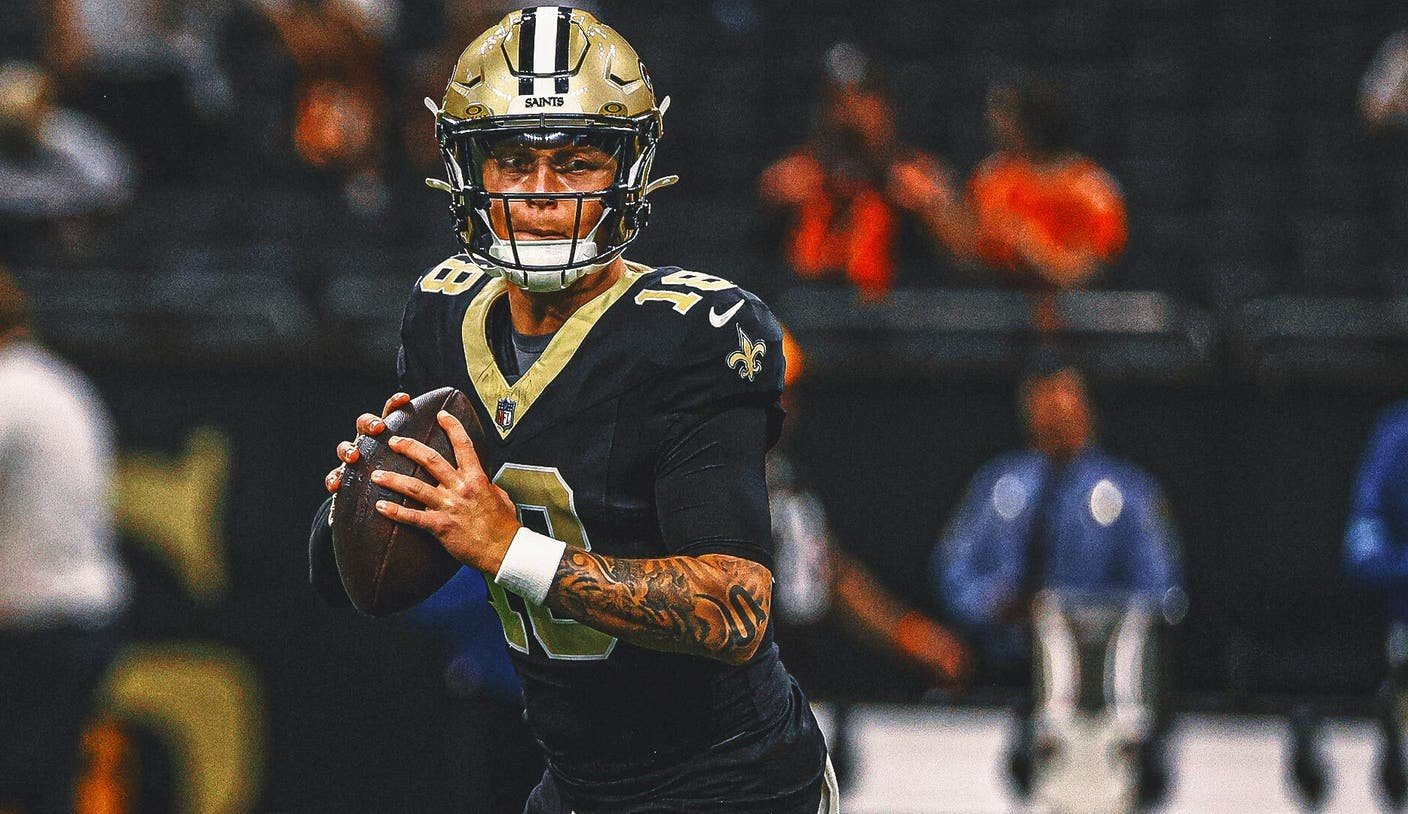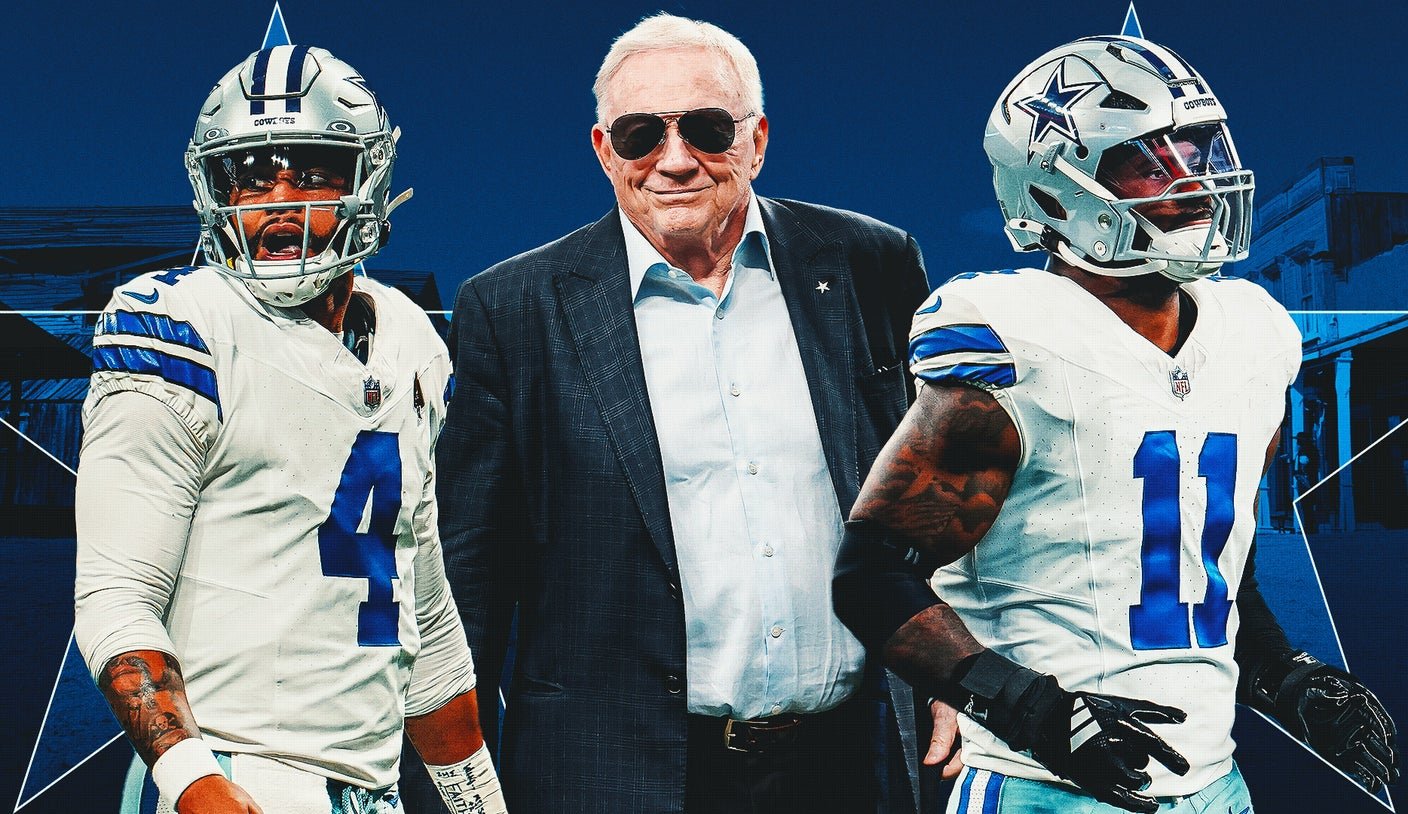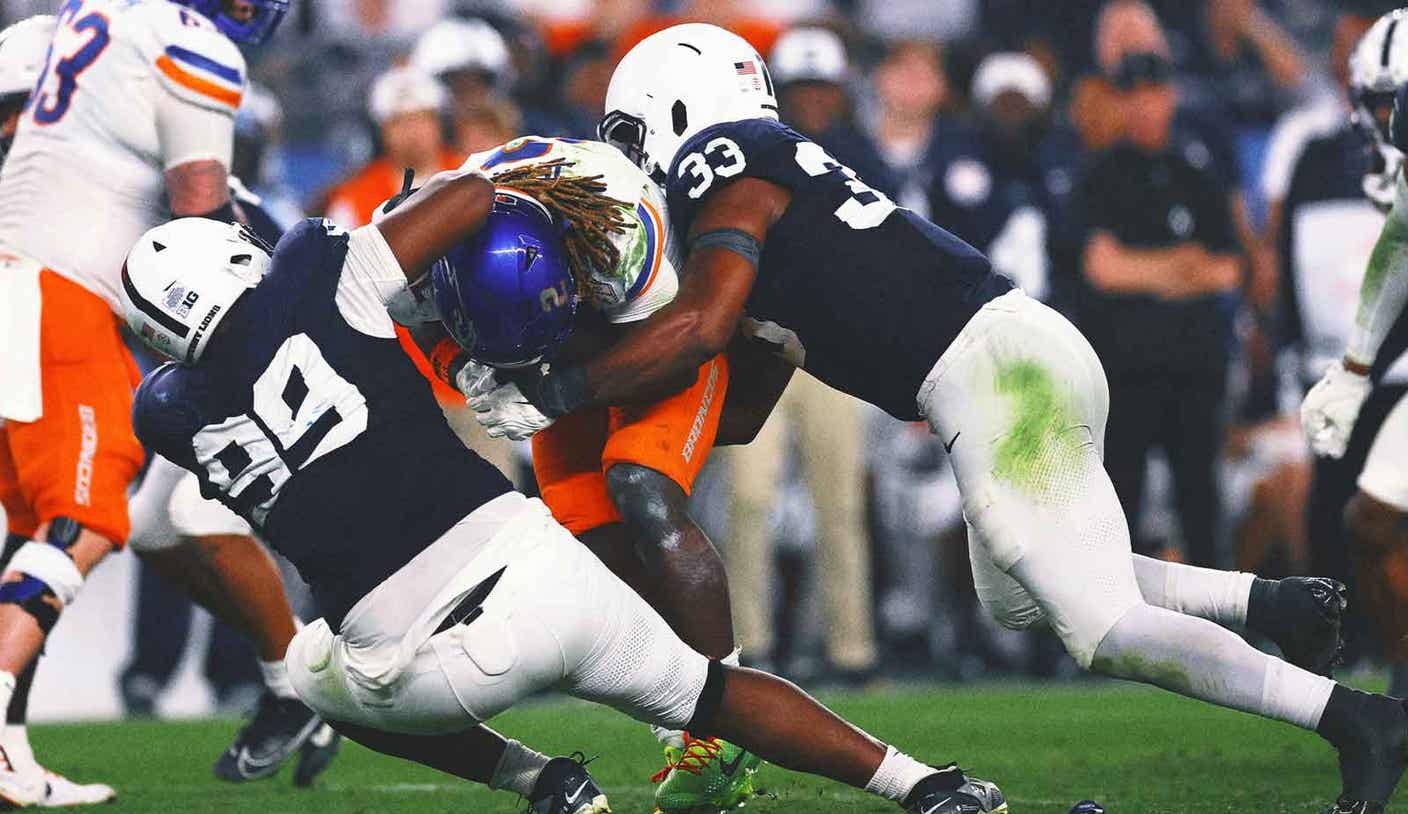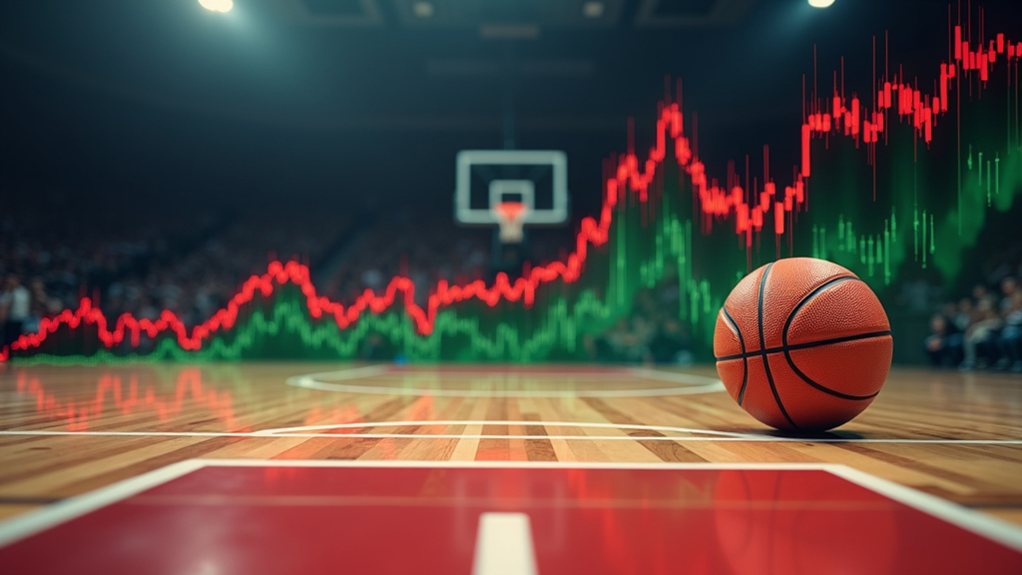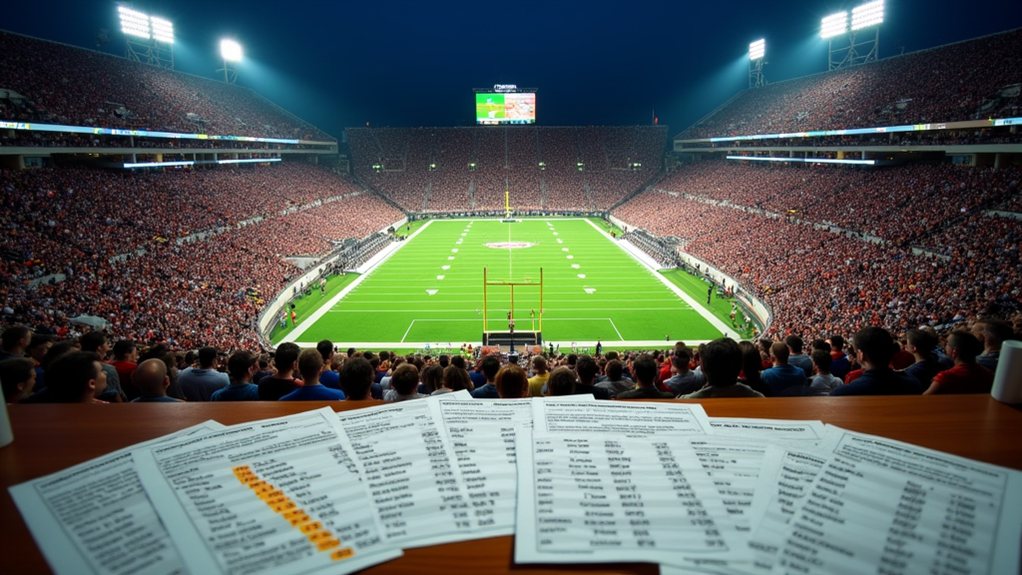From Mahomes to Jordan, the discussion of the greatest seven-year peaks in sports history highlights the remarkable achievements of elite athletes. Thursday marked the seven-year anniversary of the Kansas City Chiefs trading Alex Smith, paving the way for Patrick Mahomes to become their starting quarterback. The trajectory of Mahomes’ career since then has been nothing short of extraordinary.
The Chiefs are poised for an unprecedented fifth Super Bowl appearance in six seasons, while Mahomes has become the first quarterback to make five Super Bowl trips before reaching the age of 30.
Reflecting on Mahomes’ greatness prompts a comparison with other athletes who have dominated their respective sports over similar timeframes. While many names come to mind, only a select few have truly set themselves apart in the annals of sports history.
Here are ten of the best seven-year peaks in team sports over the past four decades.
*Peaks are listed in chronological order
1. Wayne Gretzky (1981-87)
Wayne Gretzky quickly asserted his dominance as the best player in the NHL. He secured the Hart Memorial Trophy (league MVP) in the 1979-80 season, which marked the Edmonton Oilers’ inaugural season in the NHL and Gretzky’s second year with the team. His ascent continued as he led the league in points for seven consecutive seasons, winning the MVP award each year and capturing three Stanley Cup titles during this time. Gretzky consistently scored over 160 points each season, including four seasons exceeding the 200-point mark.

Wayne Gretzky won four Stanley Cups in five years with the Oilers. (Photo by Focus On Sport/Getty Images)
Gretzky’s impact extended beyond the ice, as fantasy hockey leagues had to adapt their rules to accommodate his unparalleled skill. In some leagues, he was effectively treated as two separate players, with his goals and assists counted separately. He led the league in both categories five times during his peak years.
2. Jerry Rice (1988-94)
Jerry Rice’s prime was remarkable, making it challenging to pinpoint his peak. By his second season, he began a streak of being named first-team All-Pro ten times in eleven seasons. In his third year, he recorded an NFL record 22 touchdowns in just 12 games, earning the Offensive Player of the Year award.
His success aligned perfectly with the San Francisco 49ers’ dynasty, culminating in back-to-back Super Bowl victories in 1988 and 1989. In the first of those wins, Rice set a Super Bowl record with 215 receiving yards, earning MVP honors. The following year, he continued to shine, leading the league in receiving yards and touchdowns.

Jerry Rice had a 215-yard performance in his first Super Bowl win. (Photo by Peter Read Miller/Sports Illustrated via Getty Images)
Rice maintained his excellence even when Steve Young took over as quarterback in 1991, leading the NFL in receiving touchdowns for a third consecutive year. In 1993, he added another Offensive Player of the Year award to his accolades, finishing his seven-year stretch with a Super Bowl win in 1994, during which he recorded 149 receiving yards and three touchdowns.
3. Michael Jordan (1990-93; 95-98)
Michael Jordan’s name is synonymous with basketball greatness. He led the Chicago Bulls to two separate three-peat championships in the 1990s, with a brief retirement interrupting his momentum. His Bulls career is a testament to his individual excellence, with his peak occurring during his third season.
During his final six full seasons with the Bulls, he captured six championships and four league MVP awards, leading the league in scoring each year and averaging over 30 points per game. Jordan’s scoring prowess was unmatched during this era.

Michael Jordan led two separate three-peats in the 1990s. (Photo by JEFF HAYNES/AFP via Getty Images)
Jordan’s accolades include six Finals MVP awards, and he never allowed his team to face a Game 7 in the Finals. His iconic game-winning shot against the Utah Jazz in 1998 solidified his legacy as one of the greatest moments in sports history.
4. Pedro Martinez (1997-2003)
Pedro Martinez is often celebrated for his remarkable seven-year stretch, particularly during the late 1990s and early 2000s. He became a standout pitcher in an era dominated by offensive play, showcasing his exceptional skills on the mound.
After winning his first Cy Young award with the Montreal Expos in 1997, Martinez went on to capture the American League pitching triple crown with the Boston Red Sox in 1999, posting an impressive 2.07 ERA, significantly lower than his closest competitors. Despite his remarkable performance, he finished second in the MVP voting that year, illustrating the challenges pitchers faced in garnering recognition.

Pedro Martinez’s performance at the 1999 All-Star Game is widely regarded as one of the best ever in the Midsummer Classic. (Photo by MediaNews Group/Boston Herald via Getty Images)
Throughout the subsequent three years, Martinez continued to dominate, achieving the lowest ERA and highest winning percentage in baseball. He also contributed significantly in the postseason, helping the Red Sox reach the ALCS twice during this period.
5. Barry Bonds (1998-2004)

In 2001, Barry Bonds broke the single-season home run record and walk record in the same year. (Photo By Carlos Avila Gonzalez/The San Francisco Chronicle via Getty Images)
Barry Bonds may not have had extensive postseason appearances, but he made a significant impact in the 2002 playoffs, leading the San Francisco Giants to the World Series. His impressive .356 batting average, along with eight home runs in 17 games, showcased his incredible talent.
Lionel Messi’s crowning achievement came in 2022 when he led Argentina to a World Cup victory. However, his most dominant seven-year stretch occurred prior to that.
Between 2008 and 2015, Messi played a pivotal role in Barcelona’s success, contributing to five La Liga titles, three Copa del Rey victories, and three Champions League championships. During this period, he claimed five Ballon d’Or awards, scoring at least one goal per match in three of those seasons. His record of 91 goals in 2012 remains unmatched for a calendar year.

Lionel Messi arguably had the best season in soccer history in 2011-12. (Photo by Pressefoto Ulmerullstein bild via Getty Images)
Messi’s remarkable 73-goal season in 2011-12 set a record for the most goals scored in a single season at the club level in Europe. Since then, only one other player, Cristiano Ronaldo, has reached the 60-goal mark in a single season.
While Messi’s international success was limited, he still led Argentina to the 2014 World Cup final and earned the Golden Ball award for being the tournament’s best player.
LeBron James’ career is filled with remarkable seven-year stretches, but his performance from 2011 to 2018 stands out as one of the best. After securing back-to-back MVP awards with the Cleveland Cavaliers, James faced disappointment in the 2011 NBA Finals against the Dallas Mavericks. This setback motivated him to elevate his game, resulting in consecutive league and Finals MVP awards.
James faced the Golden State Warriors in the Finals for the next two years, where he showcased his skills despite losing both series. Notably, the 2018 Finals featured one of his best performances, scoring 51 points in a Game 1 overtime loss.

LeBron James’ 2016 NBA Finals win is widely seen as one of the best individual accomplishments in NBA history. (Photo By Carlos Avila Gonzalez/The San Francisco Chronicle via Getty Images)
Tom Brady’s career is filled with multiple peaks, but his most impressive stretch occurred during his late 30s and early 40s. During this period, Brady won four Super Bowls, three Super Bowl MVPs, and an MVP award, defying expectations regarding his longevity.
Despite doubts about his performance after a challenging 2013 season, Brady led the New England Patriots to their first Super Bowl victory in a decade, orchestrating a remarkable comeback.

Tom Brady won his record-breaking fifth Super Bowl by helping the Patriots comeback from a 25-point deficit. (Photo by Focus on Sport/Getty Images)
Following a record-setting performance in a Super Bowl loss to the Philadelphia Eagles, Brady outperformed a young Patrick Mahomes in the AFC Championship Game, leading the Patriots to their sixth Super Bowl title in 2018.
Two years later, he guided the Tampa Bay Buccaneers to their first Super Bowl appearance in 13 years, throwing for 50 touchdowns and earning his fifth Super Bowl MVP award, solidifying his status as the greatest quarterback of all time.
Shohei Ohtani is currently in the midst of a historic career, reminiscent of the legends before him. His remarkable 2018 Rookie of the Year season with the Los Angeles Angels marked a significant achievement, as he became the first player since Babe Ruth to excel both as a pitcher and a hitter.
Despite facing injuries in the following seasons, Ohtani’s recent performances have been unprecedented. In 2021, he was selected to start in the All-Star Game as both a pitcher and a hitter, hitting 46 home runs and achieving a 3.18 ERA, ultimately winning his first MVP award. In 2022, he continued to excel, leading MLB in strikeouts per nine innings and posting a 2.33 ERA while also hitting 34 home runs.

Shohei Ohtani is the only player in MLB history to win MVP unanimously twice — and he’s done it three times. (Photo by Ronald Martinez/Getty Images)
As Tom Brady’s era concluded, Patrick Mahomes’ reign began. While Brady triumphed in their postseason matchups, Mahomes’ first seven seasons as a starting quarterback may represent the most impressive stretch in NFL history for that position.
The Kansas City Chiefs’ young star has already claimed three Super Bowl titles and two league MVP awards, tying for the second-most Super Bowl appearances for a quarterback.

Patrick Mahomes won his third Super Bowl by defeating the 49ers in overtime last season. (Photo by Luke Hales/Getty Images)
Mahomes has also excelled statistically, throwing for 5,000 yards and 50 touchdowns in his first season as a starter, a feat only matched by Peyton Manning. In 2023, he became the fastest quarterback to reach 200 touchdown passes and, in 2024, the quickest to 30,000 passing yards. His impressive statistics include a 5.9 touchdown percentage, 1.8 interception rate, and a career passer rating of 102.1.
More importantly, Mahomes is leading a dynasty, with the Chiefs winning three Super Bowls in four seasons, showcasing his skill in clutch situations.
He is the first quarterback to guide his team to three consecutive Super Bowl appearances after winning the first two. Next Sunday, he has the chance to become the first quarterback to achieve a three-peat.
Honorable mentions:
Rickey Henderson (1980-86)
Larry Bird (1980-87)
Lawrence Taylor (1981-87)
Diego Maradona (1981-88)
Eric Dickerson (1983-89)
Joe Montana (1984-90)
Magic Johnson (1984-91)
Reggie White (1986-92)
Roger Clemens (1986-92)
Mario Lemieux (1986-93)
Barry Sanders (1991-97)
Greg Maddux (1992-98)
Ken Griffey Jr. (1993-99)
Randy Johnson (1996-02)
Ray Lewis (1997-03)
Shaquille O’Neal (1997-2004)
Tim Duncan (1998-05)
Álex Rodríguez (2001-07)
Kobe Bryant (2002-09)
Albert Pujols (2003-09)
Peyton Manning (2006-13)
Clayton Kershaw (2011-17)
J.J. Watt (2012-18)
Mike Trout (2012-18)
Aaron Donald (2014-20)
